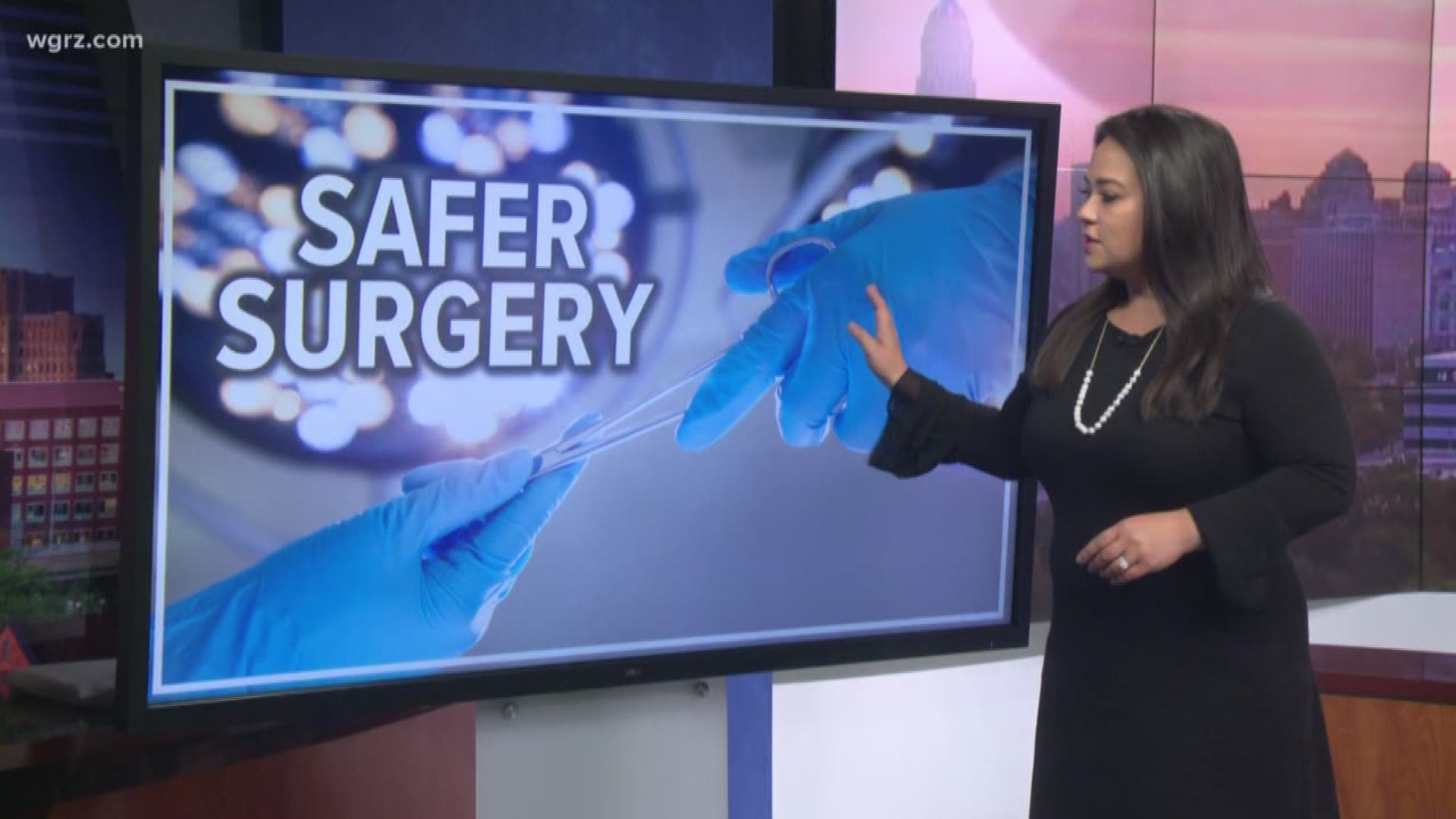BUFFALO, N.Y. — 3D printing is changing the game for surgeons in Buffalo because they now have a more advanced way to prepare for complicated surgeries.
A team of University at Buffalo biomedical engineers, cardiovascular specialists, and neurosurgeons are working together to create and use custom-made models of the human vascular system.
"We can take the same anatomy that we find in a patient, 3D print it, and then perform these procedures whether to test a new device, test a new strategy or devise a treatment strategy for a particular patient," said Dr. Adnan Siddiqui, UB professor of neurosurgery and radiology.
The 3D prints — also known as 'phantoms' — are lifelike models of a patient's heart or brain. Each piece is unique and made using scans taken through 3D medical imaging.
They can be made to simulate the mechanical properties of a certain medical condition, such as diabetes. A mixture of glycerol and water is pumped through the models to simulate blood flow. Sensors are hooked up to models to monitor blood pressure, which can be adjusted to make the doctor's practice more realistic. The models are also warmed up during surgical practice to simulate the gummy feeling of real arteries.
The 3D printer has multiple cartridges and can combine various materials at a droplet level. That allows for more flexibility, and engineers can replicate vessel geometry down to a half thousandth of an inch.
Residents and medical students are using the phantoms to train, but even veteran surgeons who've performed thousands of procedures see the value in practicing with 3D printed hearts and brains, especially when it comes to complex cases.
"It gives me that added element of comfort knowing that I have a safety margin because I have done it before. For the patient, they have a little more comfort knowing that this is not something that is being tested on them for the first time," said Dr. Vijary Iyer, a cardiologist.
Previously, if doctors had doubts about the way to approach a surgery, changes would have to be made during a procedure. One problem — the longer they are working in a blood vessel, the higher the complication rate.
The custom models allow doctors to come up with the best plan for a patient before that patient is on the operating table. It takes 30 minutes to 24 hours to make a phantom, so they're not ideal for emergency procedures.
There is a library of phantoms, so doctors and students can refer back to certain cases or compare different models.
Old models on which doctors practiced were complicated to make and expensive, at a cost of $12,000 each. Phantoms can be printed specifically for one patient, and cost around $100.
Professor Ionita and his team make about five every week for neurosurgeons and cardiologists with Jacobs School of Medicine and Gates Vascular Institute.
Ionita said there's a push nationwide to make 3D printing the norm in the medical field. Right now, it's optional for insurance companies to cover the cost of 3D printed practice models. Ionita said there also needs to be more standardization when it comes to materials and ways to sterilize the pieces so they can be safely brought into the operating room.

